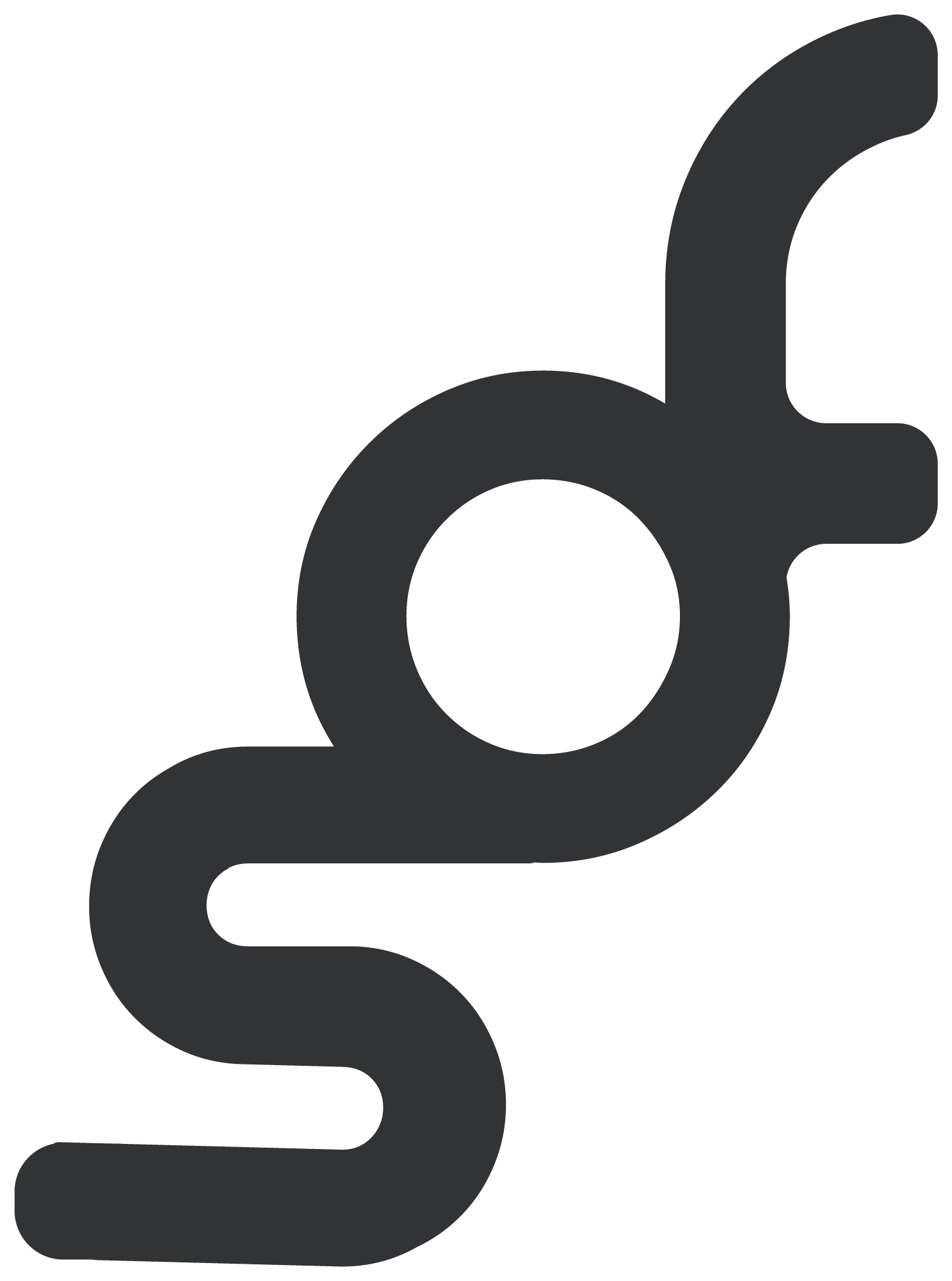How Our Training Actually Works: The SOF Method
This week, we kicked off the semester 2 for our 2023 internship.
And whilst there is a whole reasoning and justification of the internship program that sits at the very core of SOF and what we hope to achieve, todays blog isn’t particularly about the internship per se.
Instead, I shall reference the assessment criteria, handed out by the affiliated universities, in which we grade the students accordingly.
The favourite/most significant components of the criteria involve professional skills and are broken up into 4 main categories:
Testing, measuring and assessing individuals
Interpretation of assessment
Program development
Program delivery
What I like about this particular part of the assessment criteria is how simple and effective it is at summarising an effective training program.
Regardless of what membership or program an individual is on, it comes down to these 4 steps.
The main difference within each membership/program is the detail each individual receives.
For example, our Establish group fitness member will receive the following:
Testing, measuring & assessing.
Quarterly GF testing week in which we assess maximal strength, metabolic, power and other metrics. Quarterly biomechanics assessment, more personal assessment of imbalances and strength specifics. Quarterly trainer catch-up, subjective assessment in reference to what the individual actually wants (we sit, ask questions & listen). Interpretation of assessment.
Once all the above information has been obtained, the trainer at hand has to “crunch the numbers” and come up with a program/roadmap that takes into account all factors of assessment, objective & subjective. The intention here is to understand both what each client “needs” and what they “want”. Does the client need improved strength? Send them to strength class. Does the client struggle to down-regulate? Yoga it is. Program/roadmap development.
The next phase is for said trainer to perfectly balances both need & want and get wheels in motion. We know the client wants to run and lose weight (shock), we obtained this subjectively. But what they need is better hamstring range of motion & calf strength, we obtained this objectively. Therefore the programming/roadmap decision will factor in what they want and the requirements to get there. In the Establish membership example, initially as part of the 12 wk plan (weeks 1-6), we’ll prescribe more yoga & strength. Then, on the back end of the 12wks (week 7-12), add in running sessions. Simple example but you get the gist. Program delivery.
Here, it is about providing a program and environment that motivates the client to consistently address both needs & wants to ensure customer satisfaction and desired outcome. This is where the cultural, personality and soft skills come into play. Not doing the best program in the world makes said program redundant. Adherence is the most important component of a program and it is where health and fitness have gotten it all wrong. Large brands and chains, bank on the fact that a portion of people won’t attend the gym that they pay for. It's a net sum of zero strategy that really ends up hurting both the individual (bad customer experience as it's hard to get out of locked-in contracts) and the business (burnt bridge after a bad customer experience). So making sure our members/clients enjoy the tough stuff when it comes to training is a critical component of our team, staff and brand.
As I mentioned, no matter what program or membership you are on, we follow a very similar guideline.
The difference comes in our more personalised memberships (Elevate & Elite), the attention to detail and personalisation within exercise selection, rep ranges, general programming and recommendations is more individualised. It’s a high value program for a high value result.
So if you are stuck/looking for a structured and reliable solution - look no further.
It all starts with a biomechanics assessment (which we offer for free).
Hit this link to book in for one yourself.
Kieran
#teamSOF

